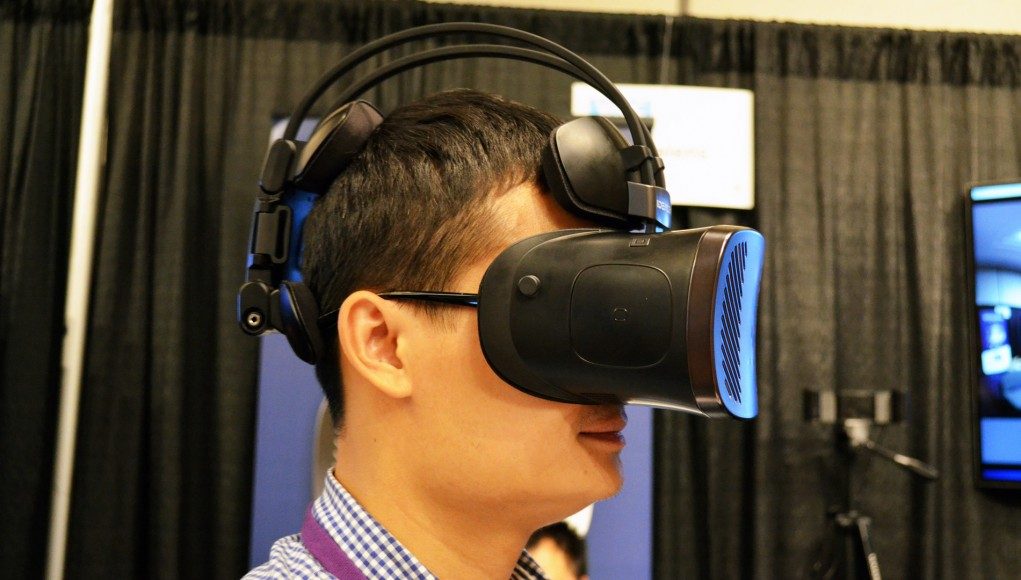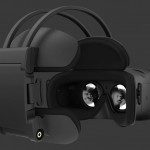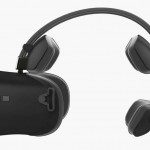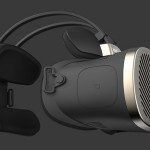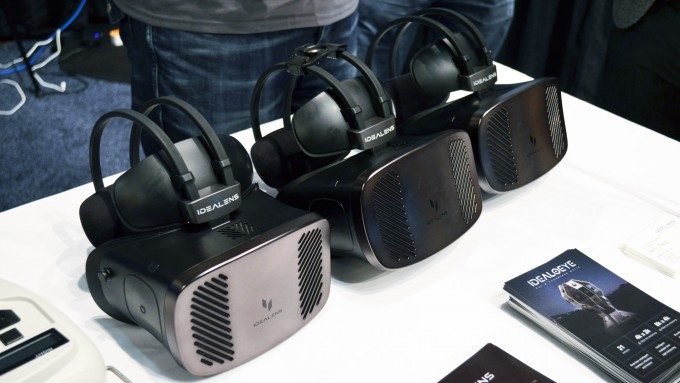There’s been a lot of talk lately (including from yours truly), about the impressive comfort of Sony’s PlayStation VR headset, but Idealens K2, a mobile all-in-one VR headset out of China, features a promising new ergonomic approach that might be the most comfortable I’ve ever worn.
The Idealens K2 is an all-in-one VR headset. It’s got roughly the same internals you’ll find from a Galaxy S6 powered Gear VR headset, except everything is self-contained within the headset, rather than relying on a snap-in smartphone to power the experience.
The performance of the K2’s proprietary Android-based VR OS is impressive, and it uses a touchpad on the side of the headset along with a few buttons for interaction; it feels as responsive and performant as you’d expect from Gear VR (which is widely regarded as the current bar-setting device for mobile VR); that alone is something many other mobile VR headsets have struggled with, but perhaps the most impressive part of the Idealens K2 is its phenomenally comfortable design.

Yes, it looks a little crazy, but it doesn’t matter once you feel it on your head. At a mere 295 grams, the headset feels featherlight compared to its bulky looks. (For comparison, the latest Gear VR weighs in at 312 grams before snapping in another 138 grams or more of phone.) The springy band that arches high over the top of your head keeps the right amount of pressure on your forehead and the back of your head without the restrictive feeling of a left/right/top strap tightened around your cranium. The desire for a counterbalance on the back of the head makes a natural opportunity for the placement of a large battery, which we see on the K2, powering the headset for several hours of continuous use.
The height of the top band has the secondary benefit of not getting in the way of overhead headphones, and allows you to put your headphones on before the headset (avoiding that surprisingly annoying task of blindly finding them and determining their left/right orientation before putting them over your headset). The headset slides on with ease, and within seconds you’re inside of functional VR environment with resolution, headtracking performance, and field of view similar to Gear VR.
You might be concerned, as I was, that the lack of side straps would make the Idealens K2 prone to falling off one side of your face or the other. In normal use however, the centralized center of gravity leads to very little acceleration of the headset away from your head, keeping it easily in place. For more intense games, there are optional straps which attach to mounting points on the side and back of the headset to keep it more firmly in place, but in my time with the headset I didn’t feel any need for them. Once positional tracking is introduced, that could change.
The company is working on a laser-based positional tracking solution, but the 3D printed prototype they brought to the show was not in use due to unexpected interference, possibly due to SteamVR Tracking basestations in the booth directly next to Idealens, suspected Brent Jentzsch, the company’s Developer Relations Manager.
In general, I’m skeptical of new VR tracking technologies, especially from small Chinese-based startups, but according to Jentzsch, Idealens’ parent company, Idealsee Group, employs some 230 engineers across the company’s three major interests (Image Recognition/VR, VR Headsets, and VR cameras), about one third of which are working on the VR front.
Jentzsch told me he was proud of the performance of the company’s positional tracking system (currently called the T1000), which relies on small tracking spheres that clip onto the Idealens K2 and hand controllers. I’ll be interested to see how it performs once I can try the system in a stable testing environment.
Because the headset has everything built inside, the price is naturally higher than a snap-in smartphone headset like Gear VR (unless you factor in the cost of the phone). The Idealens K2 is currently available on the Chinese market for around $500 USD, with the available content (which the company says includes 100+ VR games and 1,000+ VR videos) understandably composed of Chinese-oriented games and apps. Meanwhile, the company is still deciding on its strategy for offering the headset in the US.

